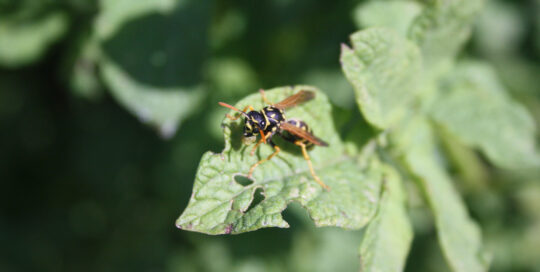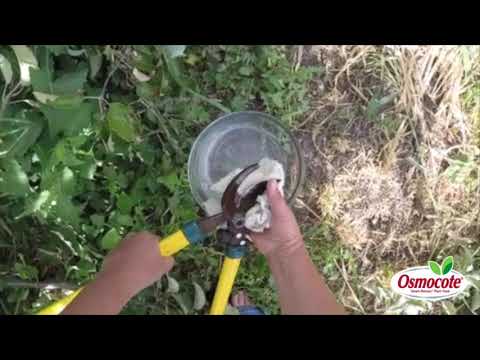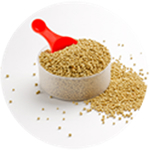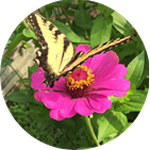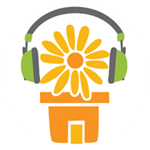The Sights and Sounds of Spring
Views: 3687
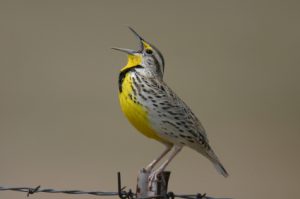
I’m researching the latest invader and threat to agricultural crops, the Eastern Heath Snail, but I can’t resist sharing the good news in the garden with you this week. It’s been an absolutely glorious week with warm spring temperatures and very little wind, which is a huge departure from normal in these parts.
Spring Insects
As we worked in the garden, I felt I needed a birders’ book and natural history guide. Of course, the honey bees are out and very active. My husband moved the 4 nucs (hives with 4-5 frames) out from under the crawlspace where he kept them to protect the small colonies this winter. The bees are looking for moisture on practically anything. I have to be careful when I bring in the laundry so I’m not including any bees that went there in search of a drink, and I have a feeling our neighbor has to skim them off of his hot tub if he leaves it uncovered for very long.
What’s interesting is how much pollen they’re bringing in, even though there is very little green. Our best guess is it’s from spring flowers (such as crocus) and the pine trees, but it’s an important food source for the colony at this time of the year.
The flies are already coming out, and I did see a ladybug the other day. The wasps are also emerging, and there are little spiders all over the place. (A friend just sent me a recipe to repel them that uses peppermint oil. I’m going to have to try it.)
There are a few moths out and about, and I even saw a butterfly! It wasn’t the mourning cloak (Nymphalis antiopa), which is our state butterfly and one of the earliest ones we’ll typically see. I’m pretty positive it was the satyr comma (Polygonia satyrus). Just seeing one brightens the day, especially at this time of the year.
Returning Snow Geese
It’s nice seeing the life in the garden, but I practically skip with joy at the return of the birds. The boys spotted robins in the garden a couple of weeks ago giving us hope that winter is on the retreat. (Possibly not without another significant snowstorm or two!)
And the other evening we had a special treat. We were in the family room after dinner, and the window was open because of the mild weather. Grant and I heard the honking, and both hopped up to show the boys the snow geese flying in formation overhead.
They’re most likely on their way to Freezeout Lake, a significant resting place for migratory birds. Over a quarter million snow geese and 10,000 tundra swans hang out before continuing their flights north, and people flock (pardon the pun) there to witness this impressive sight.
One thing I like about the birds is I can often identify them by their vocalizations before I see them. When I went out to open the chicken coop the other morning I heard the Western meadowlark. Oh, how I love them. I couldn’t see him, but I know he must have been perched on the fence somewhere. That same evening I heard the killdeer. It won’t be long until we’re carefully scanning the yard for a nest or two so we can avoid it with the mower. If you’re interested in learning your local birds’ calls and vocalizations, there are plenty of resources. There are apps you can download for your smart phone, as well as programs, such as from the Cornell Lab of Ornithology, that provide excellent recordings. Go to Audubon.org to learn more.
Besides watching the flowers and perennials emerge and feeding, noting the return of the insects and other wildlife makes the garden extra special. What are you seeing in your garden this spring?
(The photo is copyright of eschmidt2717 from istock.com. I haven’t been able to sneak up close enough to those sharp-eyed meadowlarks to snap a decent picture.)
Meet Amy Grisak
Amy is a freelance author and photographer in Great Falls, MT who specializes in gardening, foods, and sustainable agriculture. She provides information on every kind…
Amy's Recent Posts
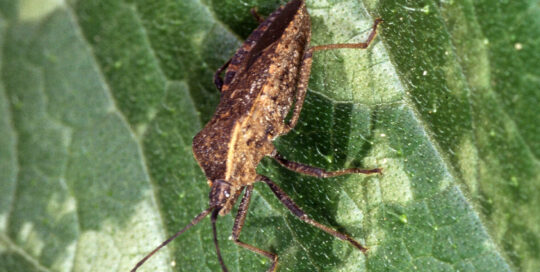
Squish Squash Bugs Before They’re a Problem
